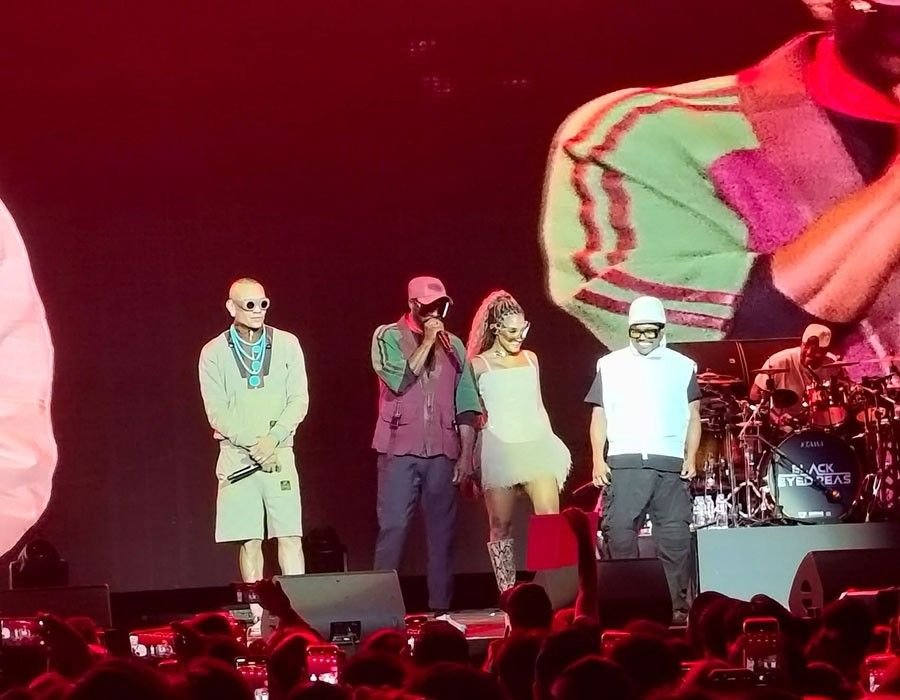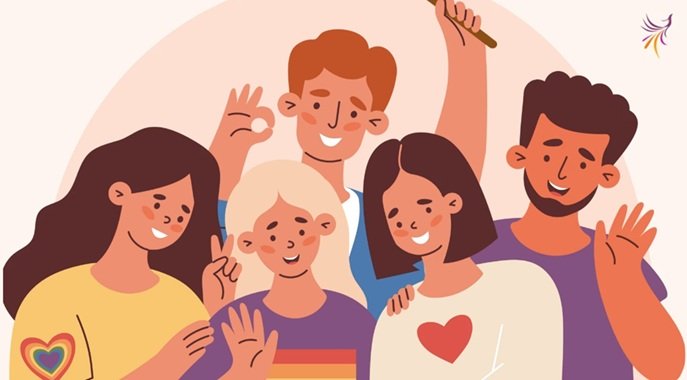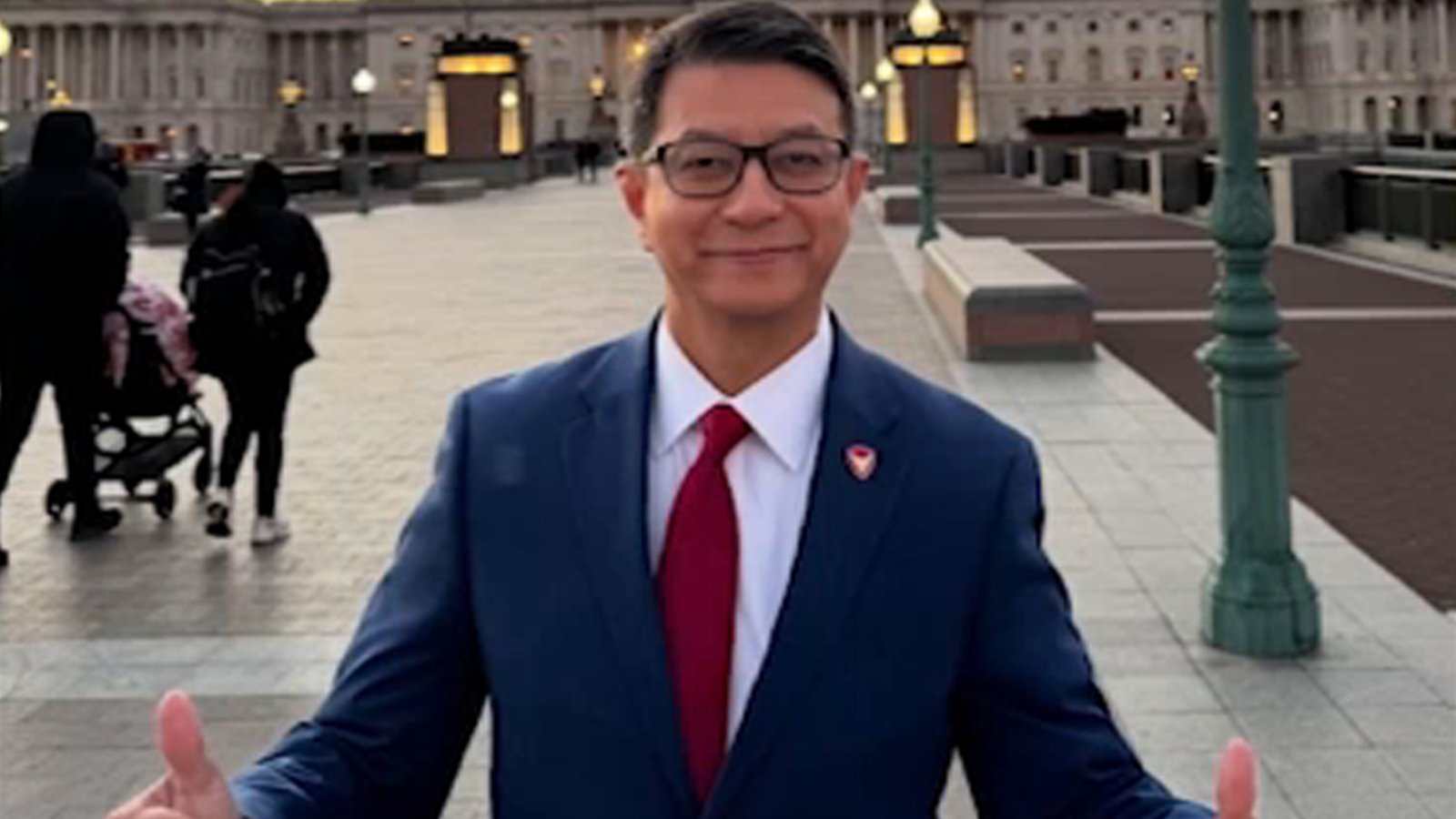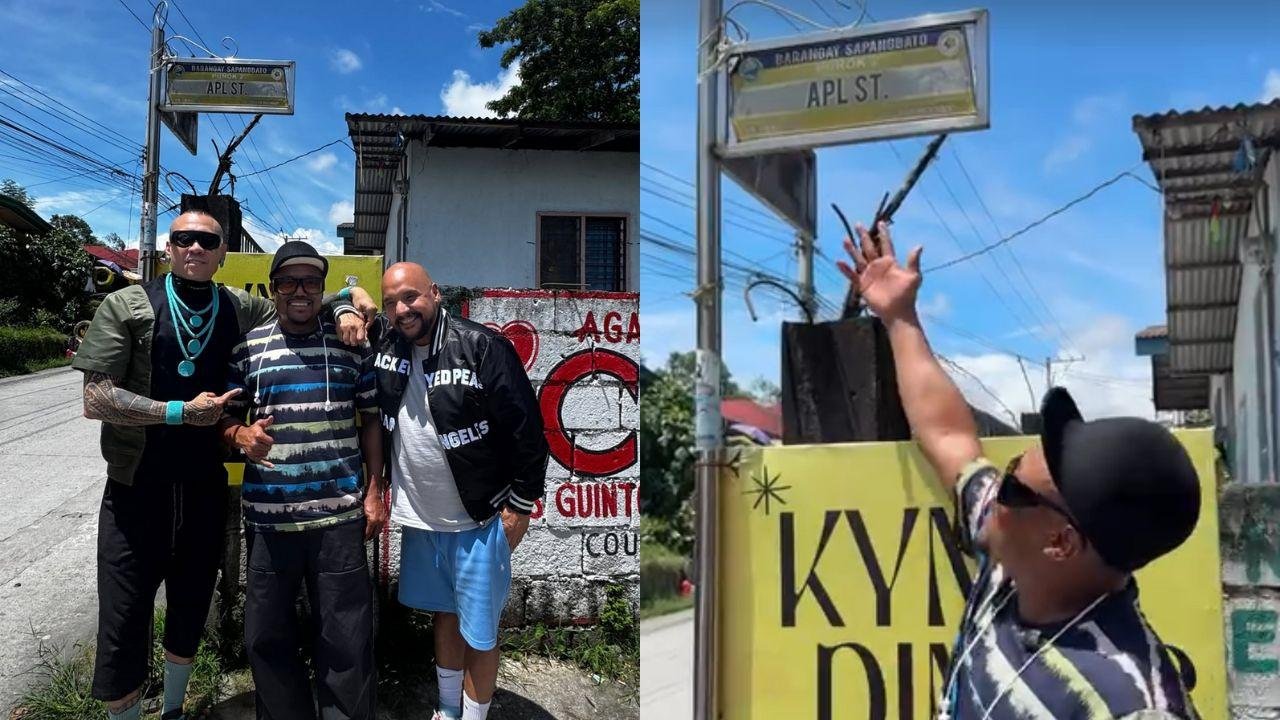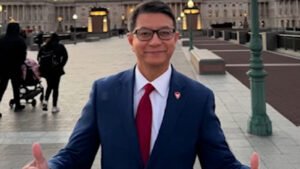By Womankind
Common Myths About gender-based violence (GBV) in LGBTQ+ Relationships
Myth #1: Domestic violence and intimate partner violence mostly occur in heterosexual relationships.
Fact: LGBTQ+ communities experience the same or higher rates of intimate partner violence (IPV) and sexual assault compared to heterosexual communities. Some stats:
- Lesbian and bisexual women: 44% of lesbian women and 61% of bisexual women have experienced rape, physical violence, and/or stalking by an intimate partner during their lifetime.
- Gay and bisexual men: 26% of gay men and 37% of bisexual men have experienced rape, physical violence, and/or stalking by an intimate partner during their lifetime.
Gender-based violence affects all communities regardless of sexual orientation or gender identity. Recognizing this helps ensure that LGBTQ+ survivors receive the support they need.
Myth #2: Same-sex relationships are inherently more egalitarian. Even if lesbian or gay couples fight, it’s at least a fair fight between equals.
Fact: Abuse is fundamentally about power and control, not about the gender identities of those involved. Even in LGBTQ+ relationships, imbalances can arise from financial disparities or other social factors.
While occasional disagreements are normal in many healthy relationships, violence and abuse are never acceptable. Anger, dominance, or violence are not linked to one’s sex, size, weight, or gender identity. Any partner—regardless of identity—can be the perpetrator or the one experiencing abuse.
Myth #3: LGBTQ+ survivors find it easier to leave abusive relationships.
Fact: Leaving an abusive relationship is challenging for anyone. LGBTQ+ survivors often face additional barriers, including:
- Limited access to LGBTQ+ inclusive services: Many social services are not fully equipped to address the needs of LGBTQ+ relationships.
- Social isolation: Due to fear of discrimination or lack of a strong social support network, survivors may feel isolated.
- Outing risks: Survivors may fear that leaving the relationship could result in their sexual orientation or gender identity being outed without their consent. Understanding these challenges helps us offer more effective support to LGBTQ+ survivors.
How to support LGBTQ+ survivors
Creating a safe and supportive environment for LGBTQ+ survivors is essential. Here are a few ways to help:
- Hold a safe space without judgement or shame. Give them your undivided attention, show compassion, and keep it confidential.
- Use inclusive language and avoid making assumptions about someone’s gender identity or pronouns—let them guide the conversation, or you can ask what they prefer.
- Validate their experiences by acknowledging their feelings and showing empathy. Never minimize what they’re going through.
Resources for AANHPI LGBTQ+ communities
Support networks that understand the cultural and unique needs of LGBTQ+ AANHPI communities are crucial. Here are some recommended organizations:
- APICHA Community Health Center: LGBTQ+-affirming healthcare for AANHPI communities, offering inclusive services from primary care to behavioral health and HIV prevention.
- API Rainbow Parents of PFLAG NYC: Support for LGBTQ+ individuals and their families of Asian heritage.
- GAPIMNY: Community organization empowering queer and trans AAPI individuals.
- NQAPIA (National Queer Asian Pacific Islander Alliance): Policy advocacy and representation for LGBTQ+ AANHPI individuals.
- Q-Wave: Grassroots group for LGBTQ+ individuals of East, Southeast, South, and West Asian and Pacific Islander descent.
- SALGA-NYC (South Asian Lesbian and Gay Association): Advocacy for LGBTQ+ South Asians in NYC.
Founded over 40 years ago as the New York Asian Women’s Center for immigrant women experiencing domestic violence, the organization was renamed Womankind in 2017. They offer culturally-sensitive healing methods to survivors of all kinds of gender-based violence, including human trafficking and sexual violence. Visit www.iamwomankind.org
